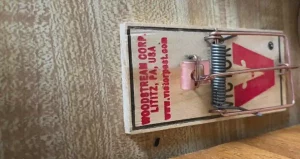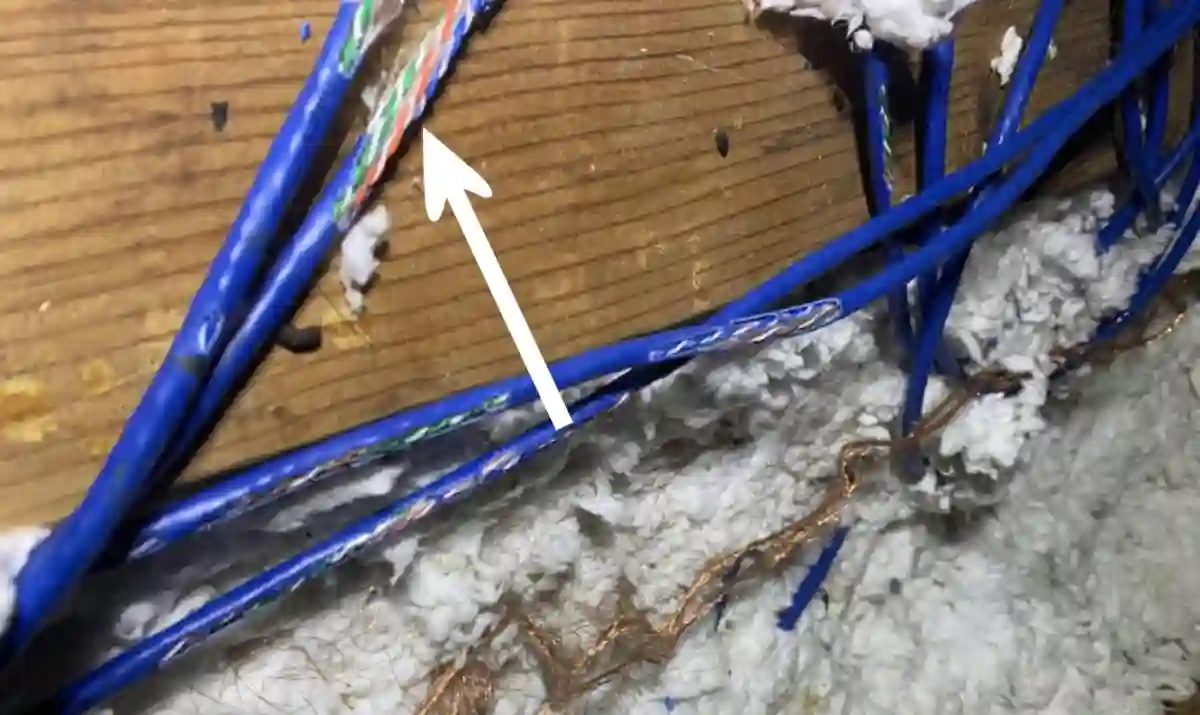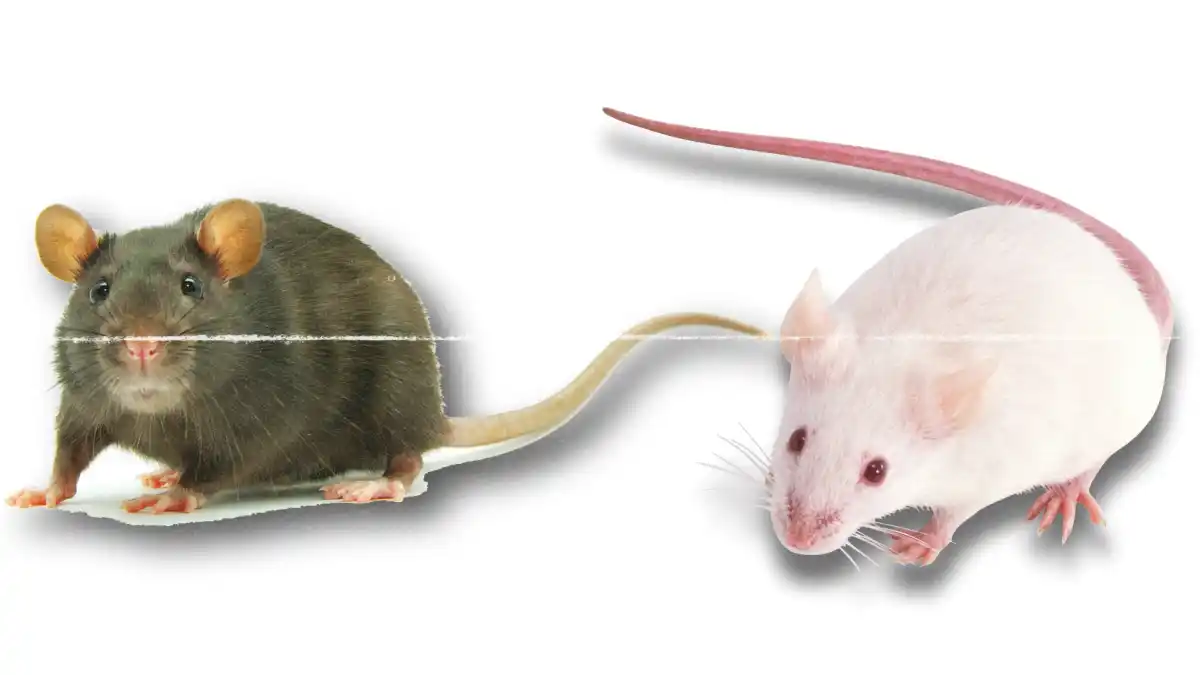Mice and rodents are persistent pests that are commonly found in urban areas. While there are various methods for capturing and eliminating them, traps may not be suitable for everyone. Fortunately, there are non-trap options to consider to get rid of mice if traps don’t work.
In many cases, experts often recommend using mouse repellent, which can be anything from artificial barriers to natural compounds. When applied properly, these can effectively prevent mice infestations, followed by continuously monitoring for signs of rodent activity and seeking the help of professional pest control services if the infestations persist.
Snap traps may not be as effective as you think
For many households, snap mouse traps are the preferred solution when dealing with a mouse infestation. While these traps can be effective, mice are intelligent rodents with a keen sense of smell and nimble bodies that can make conventional or wooden snap traps challenging to use.
Some people may view traps as too harsh to use on a mouse infestation, including the more humane traps that serve as alternatives to traditional mouse traps.
Regardless of personal opinion, some homeowners may opt for a trap-free approach to getting rid of mice, particularly if there are children or pets present in the home.
This is where mouse repellents are useful. Rather than capturing mice after they enter the home, repellents focus on deterring them from entering in the first place, making them a more humane option than even non-lethal traps.
In addition to chemical products, you can also choose from natural repellents and physical barriers, making them a suitable option for mice that keep outsmarting traps.
How to get rid of mice if traps don’t work

While these traps can eliminate a few stray mice, they may not be effective in addressing a severe infestation. However, if you are facing a minor mouse problem and are looking for a cost-effective solution, these methods can help to get rid of mice if traps don’t work:
1. Use kitty litter
Cat litter may seem unappealing if you don’t own a cat, but mice have a natural fear of the scent of cats. They can recognize it as a predator and avoid areas where cat urine is present. So, we discussed the general steps to remove mice using kitty litter. Simply place shallow containers of kitty litter without a lid around the potential entry points in your home.
If you have a cat, your feline friend can likely track down the mouse or chase it away. Cats are more likely to hunt mice since they are small in size compared to larger rodents that may resist being captured.
2. Sprinkle peppermint oil
If your traps won’t work, consider peppermint oil to keep the mice out of your home. Although the strong scent of peppermint may be appealing to humans, it is highly unpleasant for mice.
Just soak a cotton swab in the oil and place it in areas that are known to attract mice, such as near food sources or water sources. For larger spaces, additional cotton swabs can be placed as needed to get rid of mice if traps don’t work.
3. Tabasco and hot sauce can repel stubborn mice
Spices like Tabasco and cayenne pepper contain capsaicin, the compound responsible for the spicy taste in food.
Unsurprisingly, they are also highly effective as mouse repellents, as mice have a more sensitive sense of smell compared to other animals and are particularly vulnerable to the scent of spicy peppers.
There are several spice-based mouse repellent recipes available online, so you can try a mix and match of different recipes to find one that works best for you. Similar to peppermint oil, simply place a mixture of spices on a cotton ball to deter mice. For larger areas, you may need to spray the mixture on surfaces.
4. Discourage mice with bay leaves
Mice are drawn to the fragrance and attractive nature of bay leaves, thinking they are food. However, there is a high likelihood that they will choke when attempting to eat them. Placing a few bay leaves around the house can help to reduce the mouse infestation.
5. Mix cocoa and plaster of Paris for mice
How about using a mixture of cocoa powder and Plaster of Paris to get rid of mice if traps won’t work? This deterrent works by mixing one tablespoon of cocoa powder with Plaster of Paris and placing it along the usual routes of mice.
The cocoa powder will attract the mice, causing them to ingest the mixture, but they will soon suffer from suffocation and dehydration due to the Plaster of Paris.
6. Don’t be hospitable to mice presence
Ensure that your property does not provide the three essential elements that attract mice – shelter, warmth, and food. Store food in airtight containers, fix leaks or puddles in your ceiling or yard and maintain a clean home to deter mice.
Mice, like humans, require food, water, and shelter to survive, which is why they have made your home theirs.
You can reclaim your home by storing all food in airtight containers to prevent mice from detecting it. Glass containers are an effective option, but other airtight containers will also do the trick.
Also, make sure to properly dispose of your garbage. Avoid letting full bags overflow and make sure to use a secure garbage container with a lid to store the bags in. Instead of storing the full bags in a basement, garage, or breezeway, take them outside to another container. Mice can chew through almost anything, including concrete, but making it more difficult for them and preventing them from detecting the scent in the first place is crucial.
7. Seal all entry points into your home
Mice can enter through ducts, pipes, and other unsealed pathways. Using aluminum foil or steel wool to block the openings can serve as a deterrent for smaller mice.
Despite their small size, with an average length of only three inches, mice are capable of fitting through surprisingly small spaces. As a general guideline, mice can squeeze through openings as small as a dime, and if a crack is large enough for a pencil to fit through, it is big enough for a mouse to get in.
Inspect areas of your home that may have openings, such as small cracks in the foundation, holes for utility pipes, and wires, and seal them with materials like steel wool or caulking. As mice are capable of chewing through many materials, it’s best to take precautions to prevent their entry.
8. Take cleanliness seriously
“The average daily consumption of feed and water for an adult 25 g mouse is 3-5 g and 4 ml respectively,” according to the Johns Hopkins University. This means that even small crumbs can provide a feast for mice and their families.
Always sweep and vacuum frequently and wash floors and surfaces with cleaners to eliminate enticing scents. Remember, just because you don’t detect a smell doesn’t mean a mouse won’t be able to.
Don’t spare any mouse you catch
The common saying “if you have one mouse, you have more” could be true after all. Mice reproduce rapidly, with the ability to have litters of 6 to 7 babies every 21 days. This means that just one pregnant mouse on your property can potentially lead to an infestation of over 50 mice in just a month.
If your traps have not been effective, make sure they are being used correctly.
Here are three quick tips to ensure success: place traps against walls and in darker areas where mice will run into them, use bait that mice prefer such as bacon, jelly beans, or peanut butter, and wear gloves, such as dishwashing gloves when setting traps to prevent leaving your scent, which can deter mice.
How pest professionals deal with mice when traps won’t work
Professionals have the necessary tools, expertise, and experience to effectively eliminate mouse infestations. They begin by thoroughly inspecting the property to determine important details such as the potential location of mouse nests, the extent of the infestation, and the species of mouse or other pests present.
After the examination of your interior and exterior, they develop a customized mouse control plan to get rid of mice if traps don’t work.
Most pest control professionals employ a combination of methods, while some prioritize integrated pest management (IPM) based approaches to ensure a comprehensive and long-lasting solution for rodent problems.






